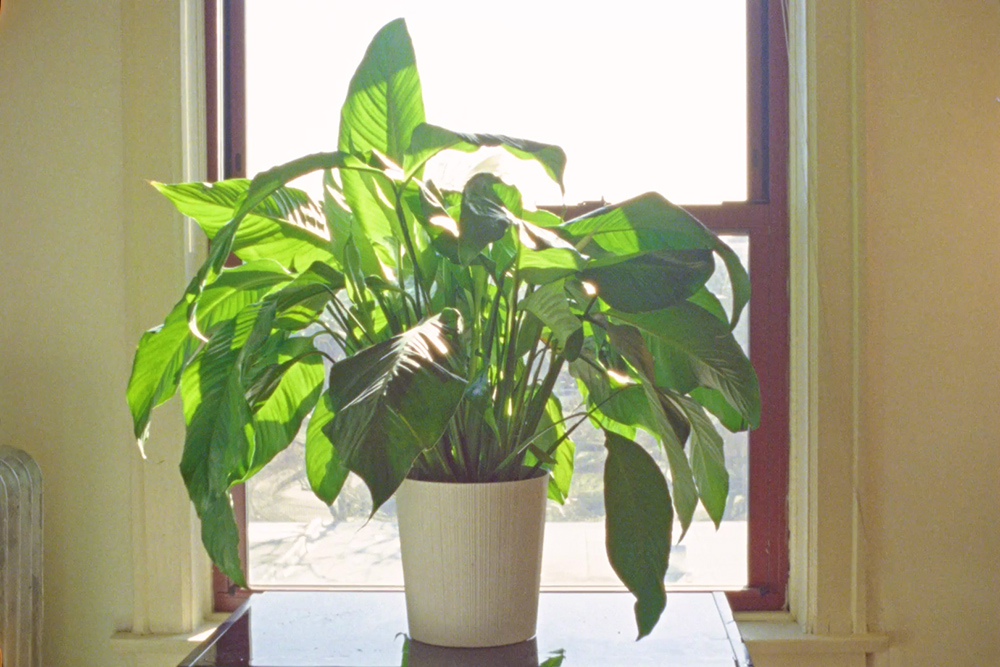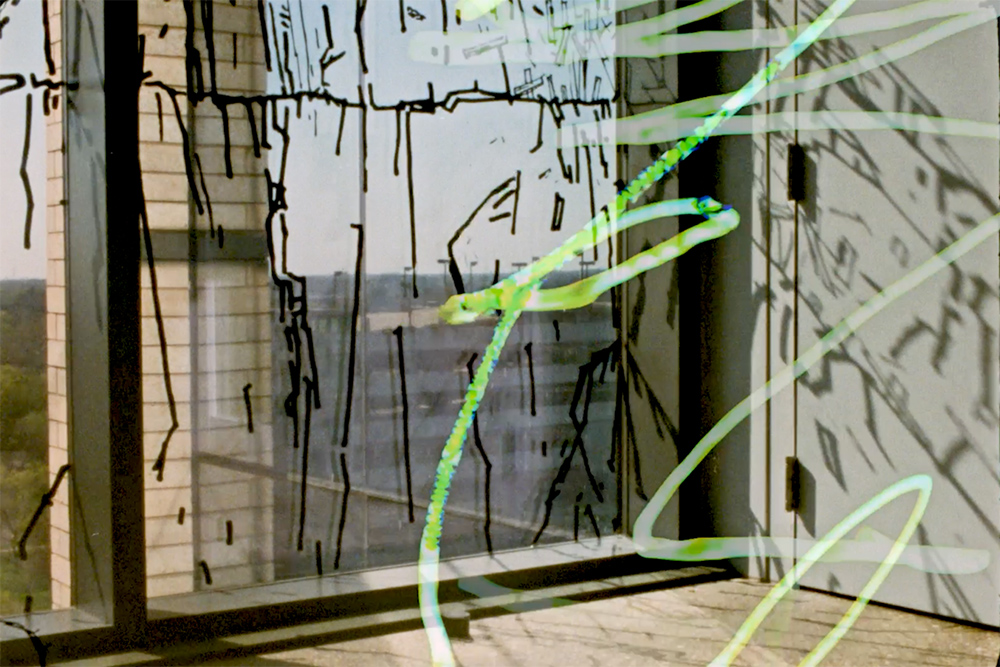Film is a time-based medium—its very structure compels us to move through duration, to experience moments as they unfold and dissolve. This temporal nature makes film uniquely suited for reflecting on the passage of time, on the impermanence of life, and on the enduring impact of those we’ve lost. Today, we highlight WILLIAMBABE, an experimental short recently showcased at the Light Matter Film Festival in Alfred, New York. The film is directed by Tianjiao Wang—an acclaimed artist, scholar, writer, and teaching fellow at the University of Chicago. In this work, Wang turns to 16mm film not just as a tool of expression, but as a vessel for grief, memory, and transformation. Shot with an organic and expressive sensibility, the film is a deeply personal tribute to her mentor, the late artist William Pope.L. Through tactile textures and emotional pacing, Wang explores how the materiality of film can mirror the fragile yet persistent imprint one life leaves on another.
The title WILLIAMBABE appears, handwritten on black leader, followed by a small heart drawn in the same style, accompanied by the sound of applause. The next shot reveals a close-up of a peace lily at night. Then follows a time-lapse sequence captured through single-frame shooting. The plant is now placed indoors, on a table set against a window. Within just a few minutes of screen time, the sequence reveals the plant’s gradual transformation over the course of a day, from slightly drooping to standing tall. In lived reality, such changes are nearly imperceptible to the human eye. The temporal scale of a plant’s life process may not be measured in seconds or hours, but in longer, continuous integrals. In Wang’s film, regardless of how time is marked or experienced, the plant’s quiet yet unmistakable vitality before the camera becomes a gesture of reverence for the unseen durations of life.
Wang describes the film’s dual visual effect as the result of an intensely tactile, hand-driven process in the darkroom, where she relied on nothing but touch and intuition. Using a simple rewind kit, she worked in absolute darkness, pressing a pushpin directly into the 16mm strip before winding it back and reloading the reel into her Bolex for a second pass. In these gestures—part mark-making, part ritual—the film became more than a surface of images; it became a palimpsest of memory and presence. The scratches, uneven in pressure and depth, produced unpredictable reactions during lab processing. Because the film stock contains multiple light-sensitive layers, each incision disrupted the emulsion differently, blooming into variations of color and brightness that could not have been fully anticipated.
Through this painstaking, physical inscription, Wang etched her own hand into the material history of cinema, collapsing the distance between artist, medium, and memory. The scratched passages reveal Pope.L’s Cliff (2012) and Better (2013), once installed on the glass walls of the Logan Center for the Arts at the University of Chicago. Spanning three floors of windows, the vinyl letters—beginning in a stairwell and stretching outward—collectively declared: “on strike for better schools.” In Wang’s film, these fragments reappear not as static documentation, but as spectral impressions, flickering through grain and rupture, carrying forward the urgency of Pope.L’s work while embedding it within her own language of loss and tribute.
More than a tribute, WILLIAMBABE becomes a vessel through which film and life fold into one another. Pope.L’s presence lingers, not only in the image, but in the grain, the scratch, the rhythm. In honoring a mentor, Wang also makes visible the elusive ways we carry those who’ve shaped us.



